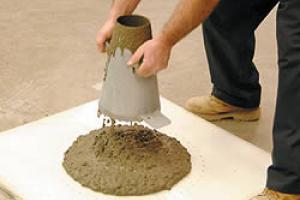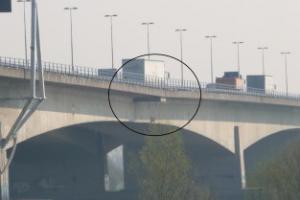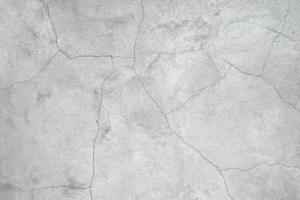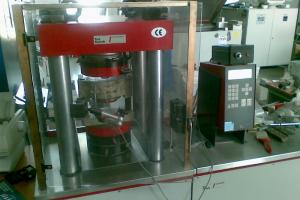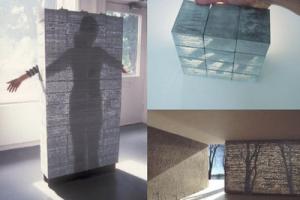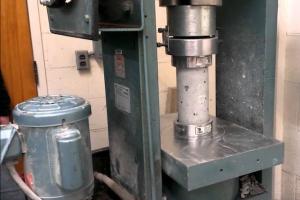Creep in Concrete and Effects of Creep of Concrete

Creep Definition
Concrete creep is defined as: deformation of structure under sustained load. Basically, long term pressure or stress on concrete can make it change shape. This deformation usually occurs in the direction the force is being applied. Like a concrete column getting more compressed, or a beam bending. Creep does not necessarily cause concrete to fail or break apart. When a load is applied to concrete, it experiences an instantaneous elastic strain which develops into creep strain if the load is sustained.
Creep is factored in when concrete structures are designed.
Factors Affecting Creep
- Aggregate
- Mix Proportions
- Age of concrete
The magnitude of creep strain is one to three times the value of the instantaneous elastic strain, it is proportional to cement-paste content and, thus, inversely proportional to aggregate volumetric content. The magnitude of creep is dependent upon the magnitude of the applied stress, the age and strength of the concrete, properties of aggregates and cementitious materials, amount of cement paste, size and shape of concrete specimen, volume to surface ratio, amount of steel reinforcement, curing conditions, and environmental conditions.
1. Influence of Aggregate
Aggregate undergoes very little creep. It is really the paste which is responsible for the creep. However, the aggregate influences the creep of concrete through a restraining effect on the magnitude of creep. The paste which is creeping under load is restrained by aggregate which do not creep. The stronger the aggregate the more is the restraining effect and hence the less is the magnitude of creep. An increase from 65 to 75 % of volumetric content of the aggregate will decrease the creep by 10 %.
The modulus of elasticity of aggregate is one of the important factors influencing creep. It can be easily imagined that the higher the modulus of elasticity the less is the creep. Light weight aggregate shows substantially higher creep than normal weight aggregate.
2. Influence of Mix Proportions:
The amount of paste content and its quality is one of the most important factors influencing creep. A poorer paste structure undergoes higher creep. Therefore, it can be said that creep increases with increase in water/cement ratio. In other words, it can also be said that creep is inversely proportional to the strength of concrete. Broadly speaking, all other factors which are affecting the water/cement ratio are also affecting the creep.
3. Influence of Age:
Age at which a concrete member is loaded will have a predominant effect on the magnitude of creep. This can be easily understood from the fact that the quality of gel improves with time. Such gel creeps less, whereas a young gel under load being not so stronger creeps more. What is said above is not a very accurate statement because of the fact that the moisture content of the concrete being different at different age also influences the magnitude of creep.
Effects of Creep on Concrete and Reinforced Concrete
-
In reinforced concrete beams, creep increases the deflection with time and may be a critical consideration in design.
-
In eccentrically loaded columns, creep increases the deflection and can load to buckling.
-
In case of statically indeterminate structures and column and beam junctions creep may relieve the stress concentration induced by shrinkage, temperatures changes or movement of support. Creep property of concrete will be useful in all concrete structures to reduce the internal stresses due to non-uniform load or restrained shrinkage.
-
In mass concrete structures such as dams, on account of differential temperature conditions at the interior and surface, creep is harmful and by itself may be a cause of cracking in the interior of dams. Therefore, all precautions and steps must be taken to see that increase in temperature does not take place in the interior of mass concrete structure.
-
Loss of prestress due to creep of concrete in prestressed concrete structure.
-
Because of rapid construction techniques, concrete members will experience loads that can be as large as the design loads at very early age; these can cause deflections due to cracking and early age low elastic modulus. So, creep has a significant effect on both the structural integrity and the economic impact that it will produce if predicted wrong.



